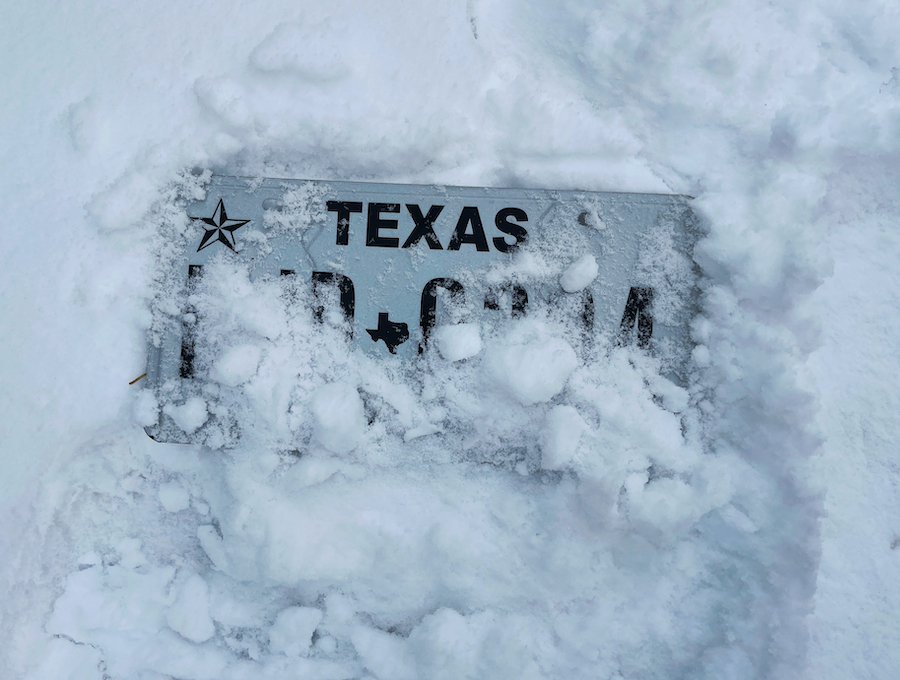Texas-Sized Learnings in Crisis Communications
By Jessica Nuñez
May 2021
The recent snowpocalypse that devastated the state of Texas this winter provided an opportunity for companies to revisit how they handle crises. This is particularly important as trust in media and government have faltered so much that the general public is looking to businesses for direction in times of need.
Trust is the currency of business. How a company responds, or doesn’t, in a crisis directly impacts their trust quotient with stakeholders (employees, customers, investors, community, etc.). When a business steps up in a time of crisis and supports their community, they add trust in the “relationship bank.” If they are unresponsive or tripping over themselves, then stakeholders will withdraw their trust.
Here are four areas to consider as you evaluate your company’s crisis response plans:
1. Core values:
While brands are treating crisis communications more seriously than ever, they need to remember their core values when determining a response and the role communications plays with all audiences. In a crisis, leadership needs to be able to make decisions quickly. The best way to do this is to filter decisions through your brand’s core values. If the direction aligns with your core values, vision/mission or purpose, then keep moving forward. If it doesn’t, then go in another direction.
Further, the brands that will be most successful in 2021 are building a community. Companies who win in the long run have a deeply knitted, purposeful relationship with stakeholders. They see employees and customers as part of their brand and rooted in their core values — a true asset they will invest in to protect.
A great example of a purpose-driven brand is Texas-based retail grocery chain H-E-B. The company has proven time and time again to be a vital, reliable source that their customers, employees and communities can rely on in any situation. They were a lifeline when the community needed it — sharing resources and messages in an efficient manner to ensure all audiences with or without power were reached. H-E-B is paving the way for how companies should communicate to become a more trustworthy brand.
2. Employee communications:
Your brand is your culture. Your people’s beliefs and perception create your culture. In a crisis, always make sure you have a communications framework to engage your employees. When planned and executed correctly your employees become advocates for your brand and catalyze your messaging.
When weather conditions worsened in Texas, Amazon took immediate action and informed all employees across the state not to report to their shifts; emphasizing the health and safety of their employees, customers and drivers was top priority. The brand continued to monitor weather reports and update stakeholders on reopening plans post-storm. Additionally, Amazon paid for the scheduled shifts of all employees impacted by the weather, despite closures.
Every crisis warrants a different level of communication. Your employee-communications framework should consider all levels and the varying levels of communications each need at each point in the crisis. In the beginning, when employees are most impacted, high amounts of communication and access to information help ensure clarity and support. Keeping employees up to date in a timely, effective manner enables them to more easily adjust and adapt with changes.
3. Lifesaving PSAs:
Public service announcements provide audiences with valuable and oftentimes life-saving messages during crises. When creating crisis plans, communicators should consider the role their business has in serving their publics and create PSAs that meet the needs of their audiences. It’s important the PSAs do not try to achieve a business agenda or goals tied to the company’s performance.
For PSAs to be useful and effective, they need to be encountered often. When a crisis hits, pause your business advertising and proactive brand messaging. Use a portion of the ad spend to distribute PSAs and educate your audience.
4. Real-time social media management:
Too often, a brand’s misstep in a crisis is when they trip over their own communications, particularly in social media. When a crisis hits, pause your proactive social media and paid social posts while you assess and weather the storm. Arm your social-media team with empathetic messaging and empower them to serve your community and inform you of needs and how the situation is evolving online.
Social media drives news and news drives social media — it’s a crisis whirlpool. A crisis will often expose business issues. If your business has an inadequate response plan and poor communication, then it will only add to the public’s dissatisfaction. As a result, your brand will lose more consumer trust. Once that trust is broken, it’s hard to regain.
A communicator’s basic survival kit should include a clear response process, access to the right tools to communicate (social media, text messaging, community posts, etc.) and a crisis communications engagement guide. This will help ensure that you aren’t stuck in the middle trying to untangle a mess and convince leadership how to respond.
Whether it’s internal or external, make sure to expect the unexpected and keep your community updated in a timely, effective manner.



